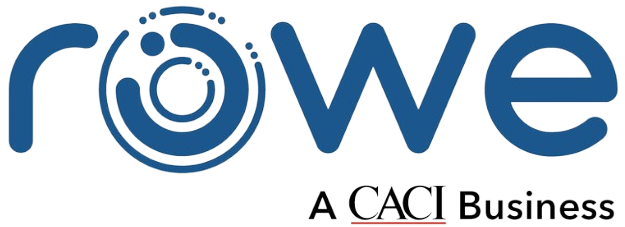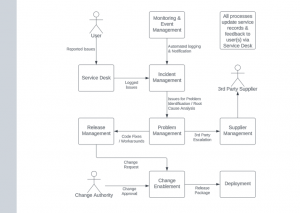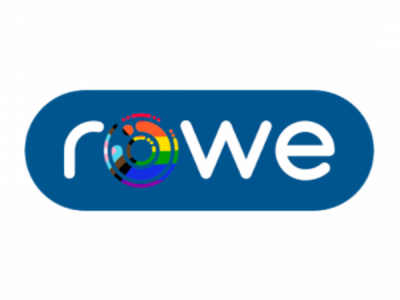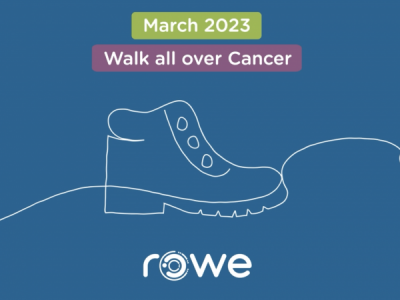Agile and ITIL are two of the most common approaches/ methodologies we see required by our customers. Increasingly we need to consider both when crafting our processes and solutions.
So what are the similarities and differences? Can both be used?
Are Agile and ITIL converging?
At first glance the very structured linear processes from ITIL and Agile don’t seem like easy bedfellows in trying to frame an approach to Service Management. However, with the evolution into ITIL 4, the process has very much shifted to incorporating Agile elements and there is much literature about how the gap is closing.
Axelos themselves (the owners of ITIL) are keen to point out the new found cohesion between the two:
| Agile Manifesto | ITIL Guiding Principles |
Working software over comprehensive documentation |
Focus on value Think and work holistically |
Customer collaboration over contract negotiation |
Focus on value Collaborate and promote visibility |
Responding to change over following a plan |
Progress iteratively with feedback Keep it simple and practical |
Alignment of Agile and ITIL 4 – Source: ITIL Service Management and Agile – Axelos.com
It is hard not to be at least a tad cynical that this alignment to Agile is a commercial driver as take up of ITIL was potentially being threatened by Agile. At the highest level, as illustrated above, there does now seem to be some synergy. However, dive further into ITIL and there are 34 practices (processes in old money) each defined in practice guides which are a 30 to 45 minute read and not easily accessible without a subscription or downloadable.
For Rowe our bread and butter is development and deployment of services utilising Agile. We are usually asked to support and iterate services post live and even manage first line interaction with customers through a publicly accessible service desk with 24/7 reporting. As the number of services requiring support increases, so will the agile nature of our response. As ITIL 4 is the de facto industry standard for Service Management, we ensure we provide a hybrid process which can learn from the extensive ITIL practices and documentation but at its core retains a more Agile approach.
Hybrid service management
As you would expect our Service Management approach tends to be defined at a much higher level favouring collaborative interaction with our customers over an encyclopaedic run book. We do however align our processes and the activities within them to the ITIL practice names.
A typical flow for Support processes is shown below.
High Level ITSM process
Service desk
Users have a single point of contact to report and receive updates on issues. Often this is a client function to document and raise incidents generally into an incident management tool like ServiceNow. Rowe can and do provide Service Desk functions with 24/7 on call support.
Incident management
Initial triage of any logged issues. Service Desk may handle common issues with defined fixes or workarounds according to supplied scripts. The sole focus is on restoring service to the customer. Critical incidents or those requiring more in-depth technical support or analysis are passed through to third or fourth line support and problem management.
Monitoring & event management
Incidents logs are raised for investigation from automated monitoring systems detecting abnormal events.
Problem Management
Issues are passed into Problem Management for the development team to do a deeper dive into root cause and craft a solution in terms of workaround or code fix to reduce the impact/ frequency of the incident. Rowe’s approach is very much to feed these issues into the existing backlog for prioritisation. We often ‘reserve’ a certain proportion of development effort per sprint for analysis or continual improvement to ensure these issues are addressed in a timely and appropriate manner.
Supplier Management
If our solutions integrate third party COTS or infrastructure solutions, we can manage the support relationship with the third party. This is more prevalent with smaller customers who want a complete end to end Service Management solution.
Release Management
In ITIL 4, Release Management is divorced from the actual process of applying changes to the production environment. Release Management is now more focused on scheduling, communicating and determining the way changes are introduced (e.g., blue-green or phased roll-out).
Change enablement
A subtle change of name in ITIL to make applying changes more agile with less of an onus on Change Advisory Boards (CAB) and more an appropriate level of approval through a Change Authority selected commensurate with the risk related to the change.
ITIL now accommodates pre-agreed (standard) changes plus emergency changes with abbreviated approval in addition to normal changes which undergo risk assessment prior to approval and deployment.
Deployment
In ITIL 4 terms this is the process of moving changed code into the production environment and is now split from Release Management as a separate technical activity.
Summary
ITIL Service Management is huge with a wealth of process documentation. ITIL 4 has definitely moved towards a more flexible dynamic approach making it easier to reconcile with Agile. However, Agile and ITIL are uneasy companions.
Our approach at Rowe will be to continue to take the lead from our customers but where feasible we will always lean towards an Agile approach underpinned by the rigour of ITIL where required.




